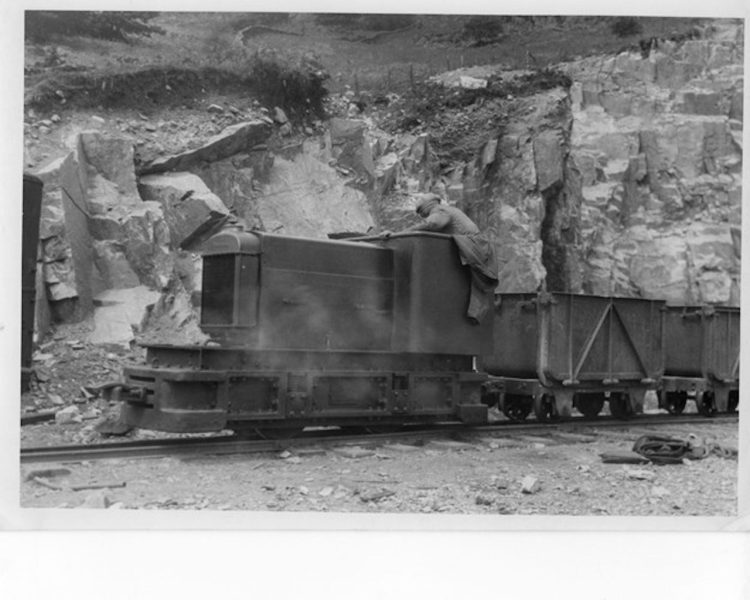Internal Combustion Locomotive ‘Quarryman' gets an exciting fundraising campaign launched following the museum's success with fellow engine ‘Synolda'
‘Synolda's' campaign has seen the Ravenglass Railway Museum undertake a three-phase overhaul of the 110-year-old Basset-Lowke locomotive and work is now underway on her new tender. Following the completion of the stunning little blue engine's overhaul, she will return to operation for the museum's future special events.
Claire Winter-Moore of Ravenglass Railway Museum said:
“We are thrilled that the “Synolda” fundraising campaign was such a huge success and would like to say thank you to everyone who contributed”
“We hope that our next project captures the imagination of the public once more as we look to bring another one of our lovely locos back to life”.
The museum's next campaign hopes to see ‘Quarryman' which is a four-wheeled petrol and tractor vaporising oil locomotive which needs several essential works carried out in order to restore it to a working condition where it can be demonstrated for the public on the well-loved Ravenglass & Eskdale Railway line.

Ravenglass & Eskdale Railway is well known for its steam engines today, but back in its industrial past more robust engines were required to carry the heavy loads of stone from Beckfoot Quarry down to Murthwaite Stone Crushing Plant.
Built-in 1926, ‘Quarryman' was the ideal solution for hauling stone featuring the simple yet robust Fordson tractor design which was more commonly found in agricultural machinery. The railway has already commissioned two similar engines, however, ‘Quarryman' is the only surviving example of this narrow-gauge design.
Claire Winter-Moore went on to say:
“Quarryman is a very special locomotive, not only does it represent the start of the agricultural revolution when internal combustion was becoming more widespread, but on a more local level it also helped to keep the railway running at a very difficult point in its history”
“During World War 2, when there were no passenger services, Quarryman helped to keep the stone traffic on the R&ER moving, making it the only source of revenue for the railway at that time. It's possible that without Quarryman and its partners, the railway may not have survived”.
A JustGiving page has recently been launched to support the appeal which features a target of £5,000 which hopes to cover the vital works to secure ‘Quarryman's' future.
The JustGiving page can be found here: www.justgiving.com/campaign/quarrymanappeal and will see regular updates on the project.
To find out more about Ravenglass Railway Museum, please visit www.ravenglassrailwaymuseum.co.uk